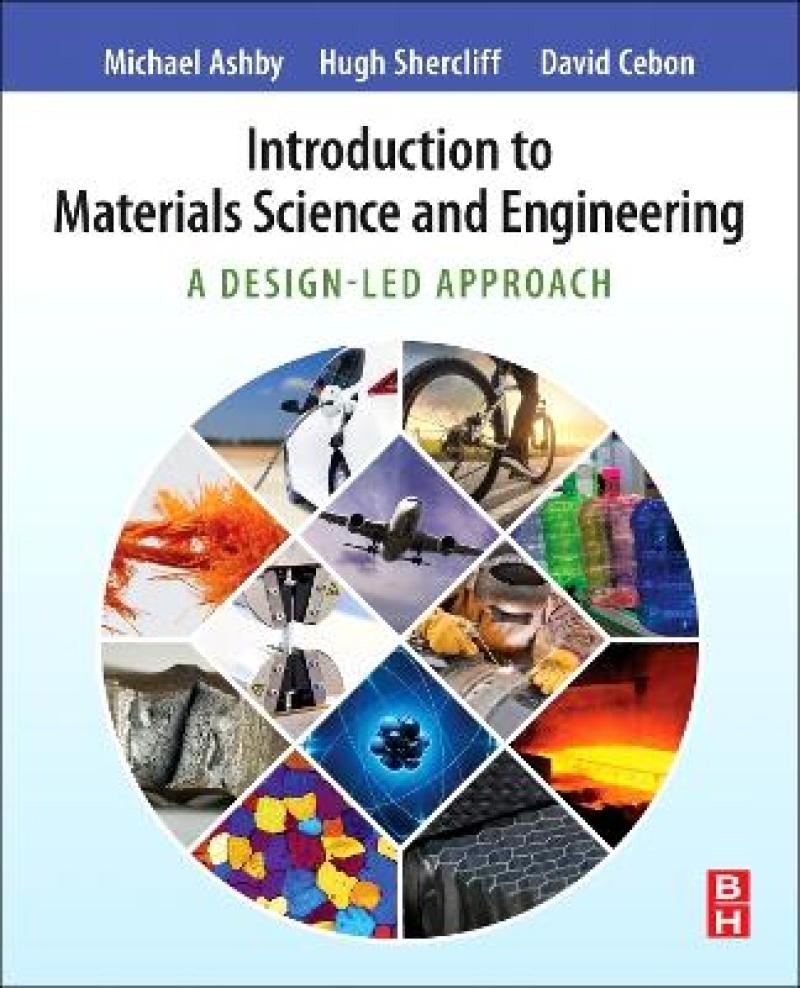Introduction to Materials Science and Engineering: A Design-Led Approach is ideal for a first course in materials for mechanical, civil, biomedical, aerospace and other engineering disciplines. The authors’ systematic method includes first analyzing and selecting properties to match materials to design through the use of real-world case studies and then examining the science behind the material properties to better engage students whose jobs will be centered on design or applied industrial research. As with Ashby’s other leading texts, the book emphasizes visual communication through material property charts and numerous schematics better illustrate the origins of properties, their manipulation and fundamental limits.
Les mer
1.Introduction: materials — history, classification, and properties
2. Materials, processes, and design
3. Material properties and microstructure — overview and atom-scale fundamentals
4. Elastic stiffness and stiffness-limited applications
5. Plasticity, yielding and ductility, and strength-limited applications
6. Fracture, fatigue, and fracture-limited applications
7. Materials and heat: thermal properties
8. Materials at high temperatures: diffusion and creep
9. Surfaces: friction, wear, oxidation, corrosion
10. Functional properties: electrical, magnetic, optical
11. Manufacturing processes and microstructure evolution
12. Materials, environment, and sustainability
Guided Learning Unit 1: Simple ideas of crystallography
Guided Learning Unit 2: Material selection in design
Guided Learning Unit 3: Process selection in design
Guided Learning Unit 4: Phase diagrams and phase Transformations
Appendix A: Material property data
Les mer
Ideal for a first course in materials for engineering students in mechanical, civil, biomedical, aerospace and other engineering disciplines
Design-led approach motivates and engages students in the study of materials science and engineering through real-life case studies and illustrative applications
Requires a minimum level of math necessary for a first course in Materials Science and Engineering
Highly visual full color graphics facilitate understanding of materials concepts and properties
Chapters on materials selection and design are integrated with chapters on materials fundamentals, enabling students to see how specific fundamentals can be important to the design process
Several topics are expanded separately as Guided Learning Units: Crystallography, Materials Selection in Design, Process Selection in Design, and Phase Diagrams and Phase Transformations
For instructors, a solutions manual, image bank and other ancillaries are available at https://educate.elsevier.com/book/details/9780081023990
Les mer
Produktdetaljer
ISBN
9780081023990
Publisert
2023-08-07
Utgiver
Elsevier Science & Technology
Vekt
1080 gr
Høyde
235 mm
Bredde
191 mm
Aldersnivå
U, 05
Språk
Product language
Engelsk
Format
Product format
Heftet
Antall sider
704
